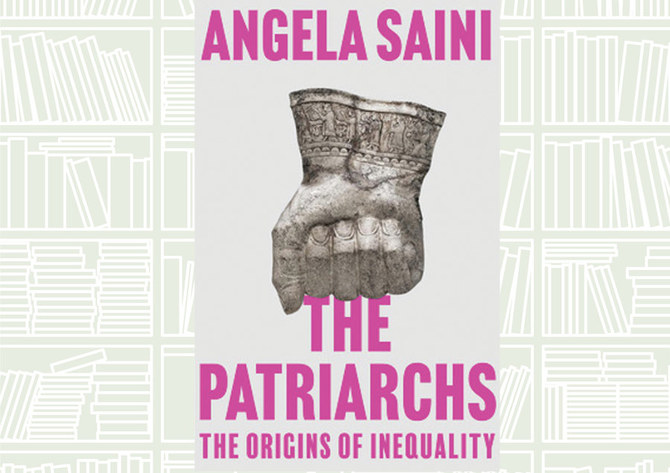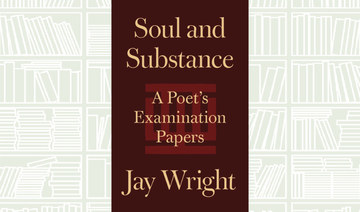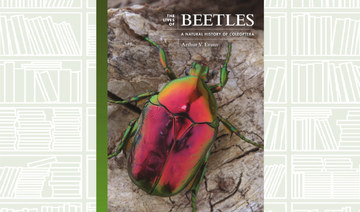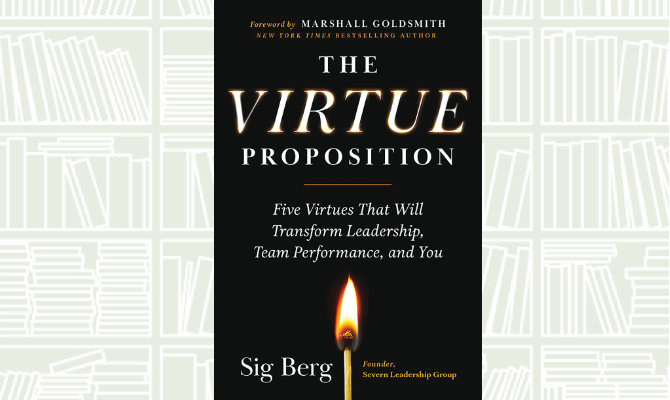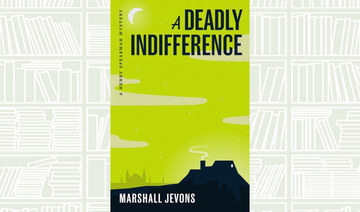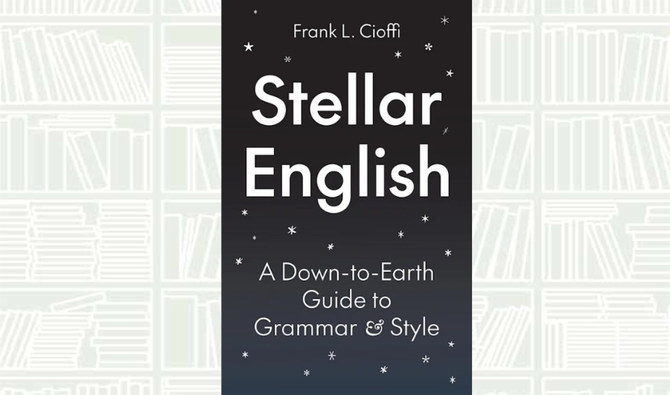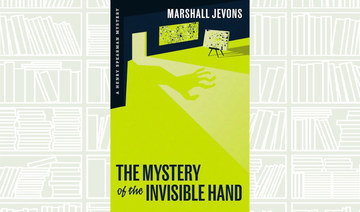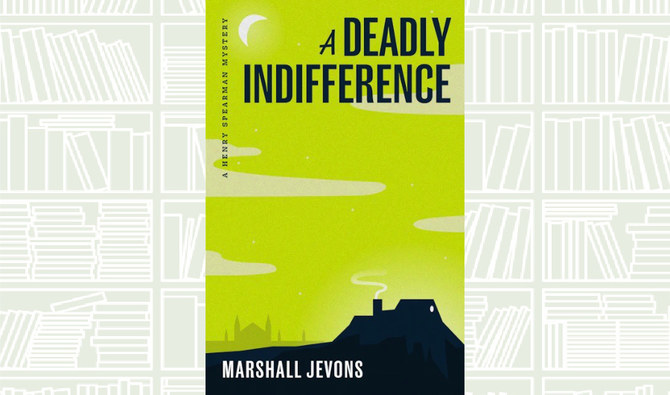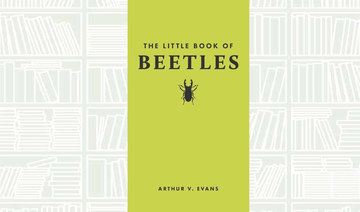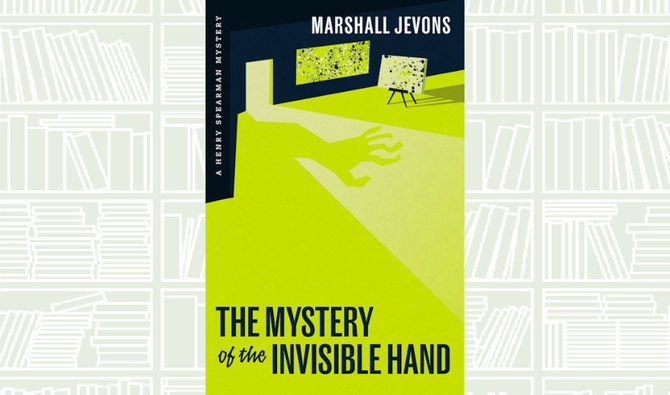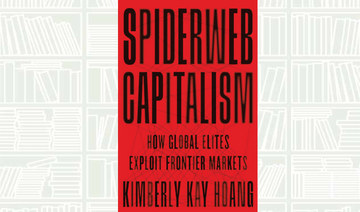Author: Angela Saini
For centuries, societies have treated male domination as natural to the human species.
But how would our understanding of gender inequality look if we didn’t assume that men have always ruled over women?
In this bold and radical book, award-winning science journalist Angela Saini explores the roots of what we call patriarchy, uncovering a complex history of how it first became embedded in societies and spread across the globe from prehistory into the present.
The book also analyzes the latest research findings in science and archaeology, and traces cultural and political histories from the Americas to Asia.



